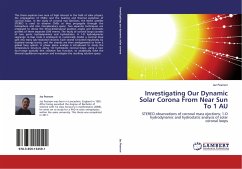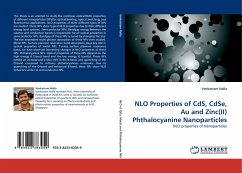This thesis explores two area of high interest in the field of solar physics: the propagation of CMEs; and the heating and thermal evolution of coronal loops. In the study of coronal mas ejections, the NASA satellite STEREO is used to observe CMEs as they propagate through the heliosphere and into interplanetary space. Two separate techniques are employed to derive the three-dimensional position angles and kinematic profiles of three separate CME events. The study of coronal loops consists of two parts: hydrodynamics and hydrostatics. A 1-D hydrodynamic Lagrange re-map code is employed to numerically model a coronal loop split into many sub-resolution strands. Each strand is heated impulsively, by localised energy bursts, and the strands are then amalgamated to form a global loop system. A phase plane analysis is introduced to study the temperature structure along 1-D hydrostatic coronal loops, using a new four-range optically thin radiative loss function, to analytically solve the thermal equilibrium equation and investigate the resulting solution space.
Bitte wählen Sie Ihr Anliegen aus.
Rechnungen
Retourenschein anfordern
Bestellstatus
Storno








